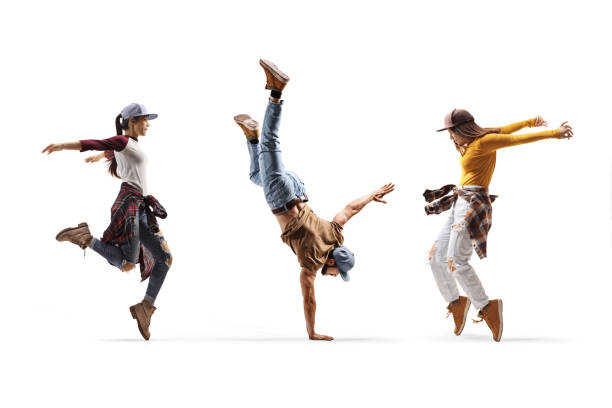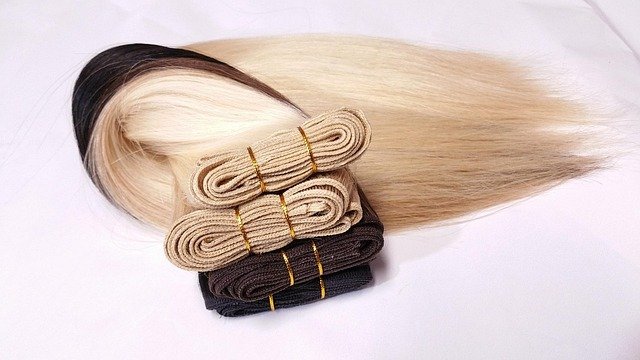Transforming Wellness: The Artistry of Beauty and Fitness in Dance Movement Therapy
In the dimly lit dance studio, a group of individuals sway, leap, and twist, each one lost in their rhythm, their bodies painting invisible strokes of emotion in the air. This is not a conventional dance class or a high-intensity fitness regime but an emerging trend in the fields of beauty and fitness: Dance Movement Therapy (DMT). As an approach that combines both physical wellness and psychological health, DMT is increasingly gaining recognition among professionals and consumers alike for its unique benefits. It caters to the need for a holistic wellness approach that goes beyond appearance and body physique, focusing on inner healing, self-expression, and transformation.

Dance Movement Therapy: A Historical Context
Dance Movement Therapy evolved from the modern dance movement of the early 20th century. It was initially developed by pioneers like Marian Chace, who recognized the therapeutic potential of dance. By the late 1940s, it had gained acknowledgment as a form of psychotherapy. Over the years, DMT has undergone significant development and expansion, with its principles and techniques being adapted to cater to various populations, from children with autism to adults with mental health issues or physical disabilities.
Current Trends and Expert Insights
Presently, the beauty and fitness industry is experiencing a shift towards more mindful, holistic practices, and Dance Movement Therapy fits right into this trend. As per industry expert Dr. Suzannah Stacey, “We are seeing more and more people turning to practices like DMT as they realize the importance of mental health in their overall wellness journey. It’s not just about looking good anymore, it’s about feeling good, too.”
In terms of market relevance, DMT has carved out a niche for itself in the wellness industry. It’s being incorporated into wellness retreats, spa programs, and even corporate wellness initiatives, thanks to its versatility and broad range of benefits.
The Effects of Dance Movement Therapy
The benefits of DMT stretch far and wide. At its core, it promotes self-expression, emotional healing, and physical fitness. By using body movement as a medium of communication, individuals can express emotions that words fail to capture. This cathartic release can lead to improved mental health, reduced stress levels, and an enhanced sense of well-being.
Physically, DMT can improve flexibility, strength, and coordination. It also provides a cardiovascular workout, improving heart health. The physical benefits of DMT can indirectly contribute to beauty by promoting healthy skin and a youthful glow, thanks to the increased blood circulation.
Dance Movement Therapy: Industry Impact
The impact of DMT on the beauty and fitness industry is substantial. It offers a fresh perspective on wellness, emphasizing the connection between mind and body. This focus aligns with the industry’s shift towards holistic wellness and furthers the understanding that beauty is more than skin deep.
Moreover, DMT has opened up new avenues for professionals in the field. Dance therapists, trained in both dance and psychology, are in growing demand. Additionally, it offers opportunities for traditional fitness trainers and beauty therapists to expand their skills and services.
Conclusion
In a world where beauty and fitness are often reduced to appearance, Dance Movement Therapy offers a refreshing, holistic approach. It intertwines the physical, emotional, and psychological, providing a well-rounded wellness practice that caters to today’s discerning consumers. As the beauty and fitness industry continues to evolve, practices like DMT will increasingly become integral to the wellness narrative, promoting a broader understanding of beauty, fitness, and overall well-being.
As we step into the future, let’s not merely dance to the tunes of fitness and beauty; let’s express, heal, and transform with every move.




